Operation Market Garden Led to a Decades-Long Treasure Hunt That’s Still Ongoing
In 2023, the Dutch National Archives unveiled a collection of documents that had previously been classified as “confidential,” as per the customary 75-year term. Among them was a hand-drawn treasure map featuring an “x” denoting the location of buried treasure. Allegedly concealed by the Germans in the waning days of World War II, the discovery ignited a hunt that’s captivating the public’s imagination. For now, the loot remains undiscovered, adding to the intrigue surrounding this elusive bounty.
Buried during the fighting in the Netherlands
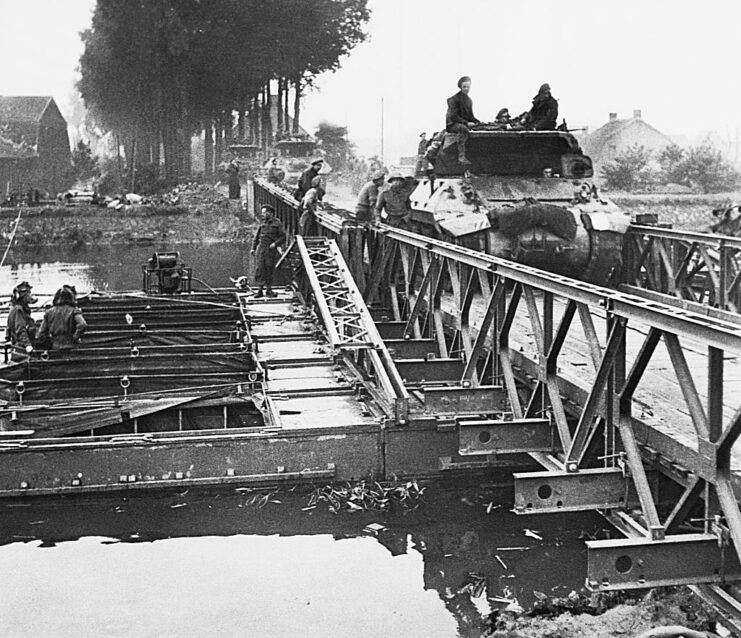
In the autumn of 1944, the Allies began Operation Market Garden. Amid the chaos, bombs took out a bank in Arnhem, rupturing the safe and spilling its contents – gold coins, jewels and diamonds – onto the street. Taking advantage of what happened, a group of German soldiers seized as much of the scattered treasure as they could for themselves.
The Allies persisted, launching another operation in April 1945. Sensing the increasing peril, the soldiers decided they needed to protect their ill-gotten gains. As Annet Waalkens, an adviser working at the Dutch National Archives, explained to The Guardian, “They decide to bury the treasure, because it’s just getting a bit too hot under their feet and they’re getting scared.”
They packed their treasure into four zinc ammunition boxes and concealed them under the roots of a poplar tree, burying them less than three feet into the earth some 18 miles east of Arnhem, just beyond the village of Ommeren. Subsequently, the soldiers retreated with the Wehrmacht, leaving their hidden cache behind.
Helmut S. let slip details of the hidden treasure
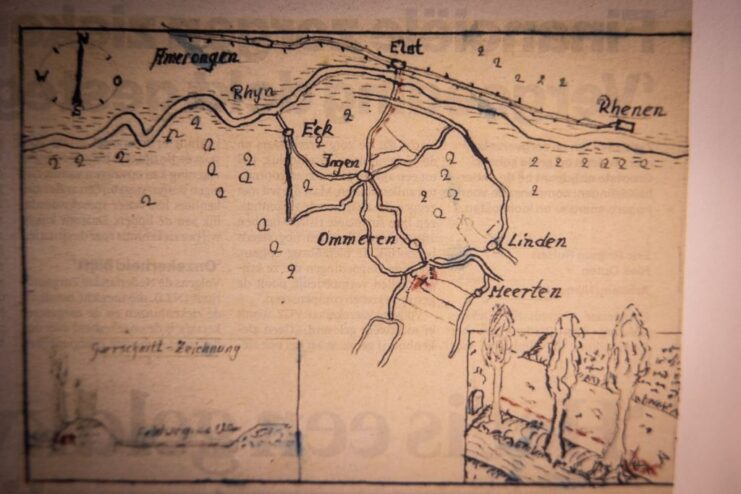
The quest for the buried treasure might have remained unknown if not for soldier Helmut S., who divulged details of the hoard while in Berlin. “He was a bit loose-lipped,” Waalkens remarked to The Guardian. Although Helmut wasn’t among the original group of plunderers, he played a role in its burial in Ommeren.
Helmut’s story caught the attention of the Beheerinstituut – the Dutch Institute of Asset and Property Management – prompting them to determine the treasure’s value in 1945 ranged between two and three million Dutch guilders. Moreover, with Helmut’s assistance, they managed to pinpoint the treasure’s location through a hand-drawn map, with an “x” indicating the precise spot.
Previous searches have occurred
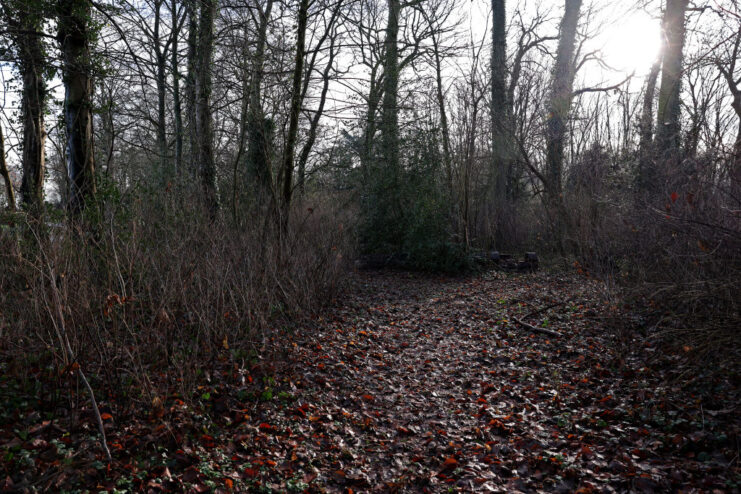
From 1946-47, the Dutch Institute of Asset and Property Management conducted three expeditions to unearth the treasure. The initial attempt failed, due to the frozen ground impeding excavations, and subsequent efforts incorporating rudimentary metal detectors yielded no success. Undeterred, the third search involved Helmut S.’s direct involvement, with him returning to the site as an eyewitness. However, even with his assistance, this proved fruitless.
Following these attempts, the institute opted to retire its metal detectors and archived the map to safeguard the interests of the treasure’s rightful owners.
Reinvigorating the search
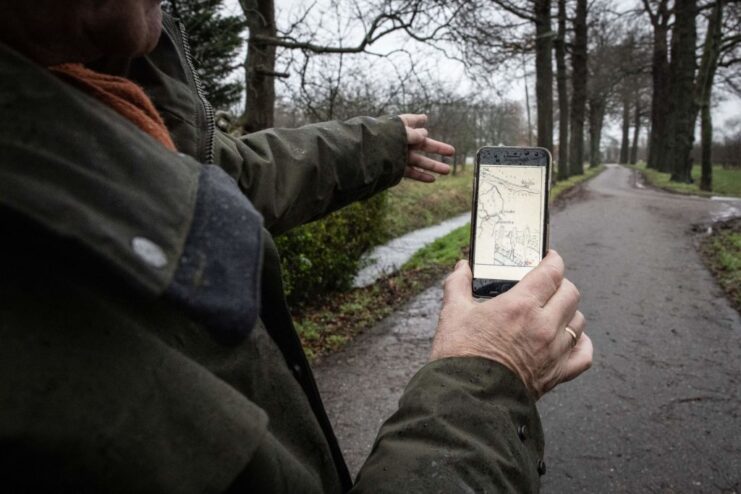
Nearly 80 years later, the National Archives of the Netherlands released the map to the public and, with it, a file of all the failed attempts by the Dutch state to find the treasure.
The former failed attempts didn’t prevent hundreds of modern-day detectorists from trying to find the loot for themselves. “A lot of researchers, journalists and amateur archaeologists are really interested and excited,” Waalkens said when the document was released.
With shovels in hands, these fortune seekers dug so many holes in the Ommeren area that the mayor had to urge them to stop. As with eight decades earlier, the efforts proved fruitless, and the treasure still has yet to be found. However, it’s likely searchers will continue to use the map to try and find the buried goods until they’re eventually found.
Theories abound as to the treasure’s location
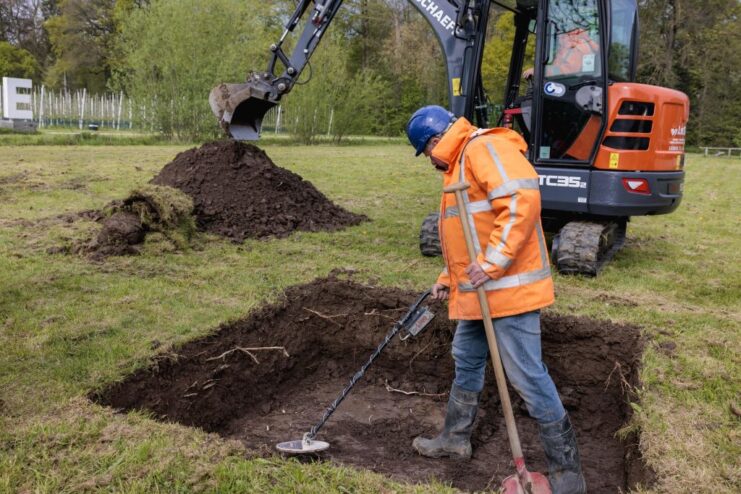
A plethora of theories have emerged regarding the treasure and its possible location.
Some speculate Helmut S.’s recollection of its location may have faltered. His narrative suggests the safe was ruptured in August 1944, yet historical records reveal no Allied bombings in Arnhem during that time, casting doubt on the accuracy of his account. Others entertain the idea that the treasure has already changed hands – perhaps it was unearthed by an eyewitness to the original burial or seized by opportunistic American soldiers following the end of the Second World War.
An alternative hypothesis suggests one of the German troops involved in hiding the treasure may have escaped with it right after the conflict’s conclusion. While the fate of two of the men is known, as their deaths were recorded in the final days of war, the whereabouts of a third remain a mystery. It’s plausible he returned to the area, dug up the treasure and disappeared, living off its spoils in the years that followed.
More from us: The Tragic Last Stand of the HMS Hood Against Germany’s Prized Battleship Bismarck
Others go so far as to suggest the treasure is merely a fabrication concocted by Helmut, purportedly to secure safeguarding from the Allies. Given the palpable animosity of the Soviets toward Germany upon their occupation of Berlin, this could be plausible.
The post Operation Market Garden Led to a Decades-Long Treasure Hunt That’s Still Ongoing appeared first on warhistoryonline.
Operation Market Garden Led to a Decades-Long Treasure Hunt That’s Still Ongoing
Philippines Truth
Post a Comment
0 Comments